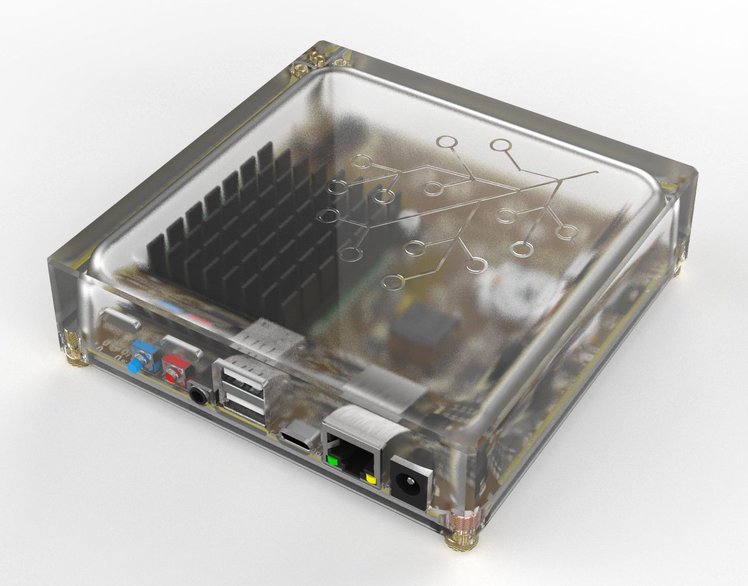This week’s show was recorded a few hours before the annual Google I/O event so we didn’t discuss the new Pixel Watch, but we do discuss Google’s thoughts on the Matter smart home standard from an article in The Verge, which Kevin also tied to a discussion about Sonos launching its own voice assistant. Then we discussed a new gesture-recognition and fall-detection system that combines my love of Tiny ML with RF sensing. In privacy news, we focused on the use of private data by U.S. Immigration and Customs Enforcement and why we need stronger laws to govern how state agencies use private data. In smaller news, Qualcomm launched a 5G-capable robotics platform, Inmarsat launches a program to sell its Elera satellite IoT network, and Augury acquires Seebo in an industrial IoT deal. We then turn to my favorite story of the week, the creation of smart screws and a bit on the concepts of Massive IoT. We then discuss a question from a listener about the potential to create ad-hoc mesh networks using LoRaWAN or Amazon’s Sidewalk network.

Our guest this week is Mike Child, VP of Product Management at Vivint. This week, Vivint launched an array of new security cameras and accessories as well as a new feature called smart deter. Child is on the show to talk about the design decisions that went into building the new gear as well as what Vivint had to consider when trying to design its smart deter feature. We discuss why it’s important to own your own hardware when building novel AI-based services and what companies need to consider when evaluating partners for future integrations. He also explains why Vivint wasn’t ready to give consumers the ability to record just any message for intruders on their property. Enjoy the show.
Hosts: Stacey Higginbotham and Kevin Tofel
Guest: Mike Child, VP of Product Management at Vivint
Sponsors: LoRaWAN World Expo and InfluxData
- Google and others trying to reset expectations for Matter
- Why this industrial IoT mashup makes sense
- Smart screws are why we need tech for massive IoT
- Why Vivint invested in an AI feature to deter criminals
- Why building your own hardware is essential for advanced AI features
Podcast: Play in new window | Download | Embed
Subscribe: RSS





